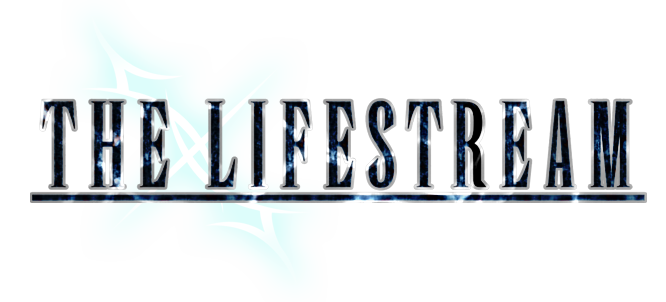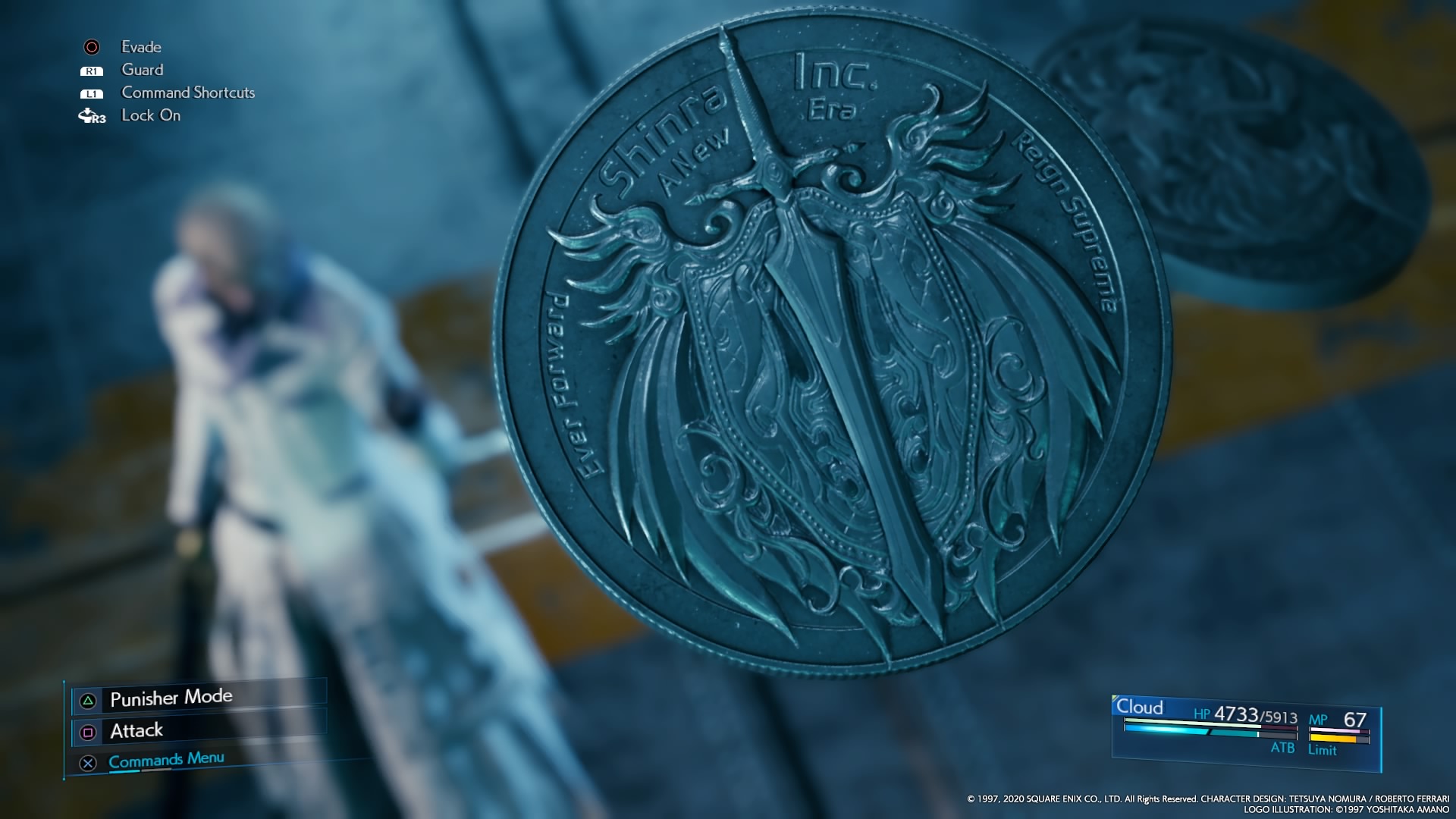Suzaku
Pro Adventurer
At this point it's probably been decades since I looked at this, but while reading a thread on reddit about the new dialogue and information concerning the Midgar Avalanche cell, my memory was jogged a bit and I recalled the very early FFVII timeline that was included on the International bonus disc. Many years ago I translated this for my own personal use, but never posted a direct translation as far as I recall.
This timeline, which it seems at one point was intended to be displayed against the starfield during the opening cutscene, briefly describes the origin and growth of the Shinra company and an escalating conflict between Avalanche and the Shinra Company that leads to the events of Final Fantasy VII.
Looking at it for the first time since probably before Before Crisis actually even released, I had a very interesting realization!

That giant bolded kanji phrase for the entry immediately prior to the start date for Final Fantasy VII is 一触即発 (Isshoku Sokuhatsu), an idiom that has been translated many ways but literally means "one touch, instant shot," referring to a hair-trigger on a firearm. Colloquially, the phrase simply means a crisis. Western equivalents would include "tinderbox," "powder keg," "flash point," "zero hour," "breaking point," etc.
So, there you have it, the origin for the title and plot of Before Crisis way back in 1997, some seven (six?) years before it was even announced.
For posterity, here's a full translation of the timeline:
PS: Now that FFVII is nearly 25 years old, isn't it kind of shocking to think that there were only about six years between FFVII and the start of the Compilation?
This timeline, which it seems at one point was intended to be displayed against the starfield during the opening cutscene, briefly describes the origin and growth of the Shinra company and an escalating conflict between Avalanche and the Shinra Company that leads to the events of Final Fantasy VII.
Looking at it for the first time since probably before Before Crisis actually even released, I had a very interesting realization!

That giant bolded kanji phrase for the entry immediately prior to the start date for Final Fantasy VII is 一触即発 (Isshoku Sokuhatsu), an idiom that has been translated many ways but literally means "one touch, instant shot," referring to a hair-trigger on a firearm. Colloquially, the phrase simply means a crisis. Western equivalents would include "tinderbox," "powder keg," "flash point," "zero hour," "breaking point," etc.
So, there you have it, the origin for the title and plot of Before Crisis way back in 1997, some seven (six?) years before it was even announced.
For posterity, here's a full translation of the timeline:
- [ μ ] - εуλ 1959/9/23
The Shinra Company discovers the next generation energy Mako
- [ μ ] - εуλ 1968/1/9
With the development of Mako Reactors, consumer electronics become widespread
- [ μ ] - εуλ 1976/6/24
Midgar, the world's largest Mako City, is constructed and becomes home to their head office
- [ ν ] - εуλ 0001/2/30
The anti-Shinra organization Avalanche increases aggression
- [ ν ] - εуλ 0007/10/5
The leader of Avalanche is assassinated
- [ ν ] - εуλ 0007/11/3
The Shinra Company and Avalanche are on the verge of CRISIS
- [ ν ] - εуλ 0007 12/9
PS: Now that FFVII is nearly 25 years old, isn't it kind of shocking to think that there were only about six years between FFVII and the start of the Compilation?
Last edited:

